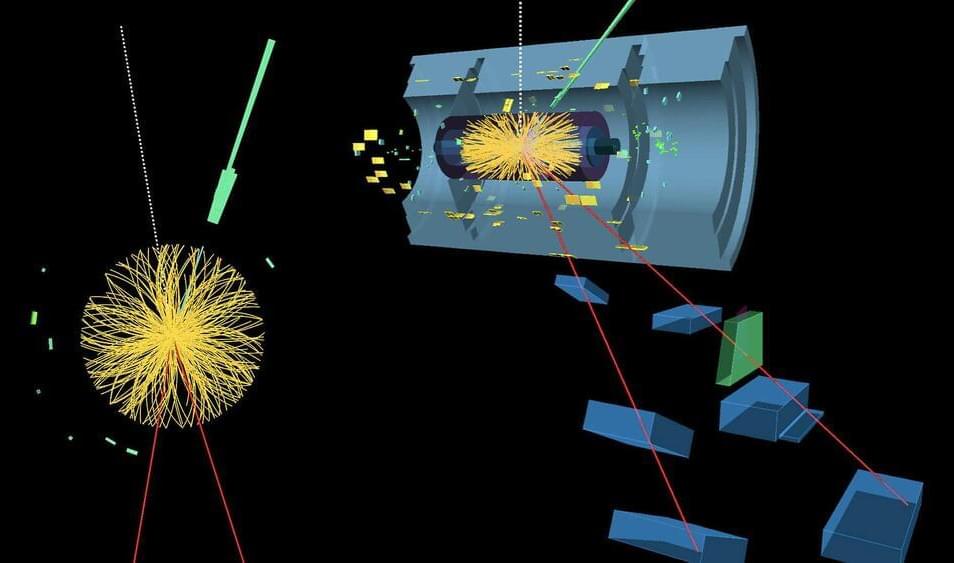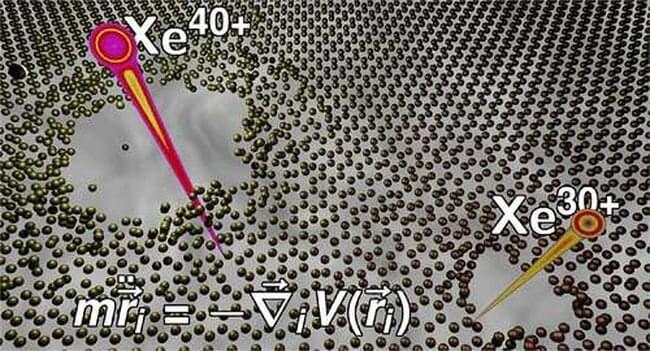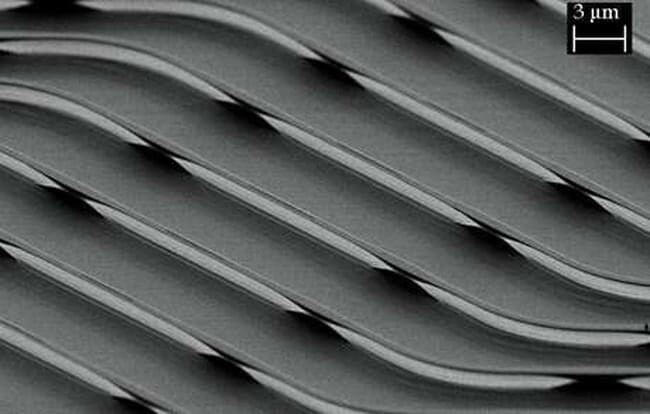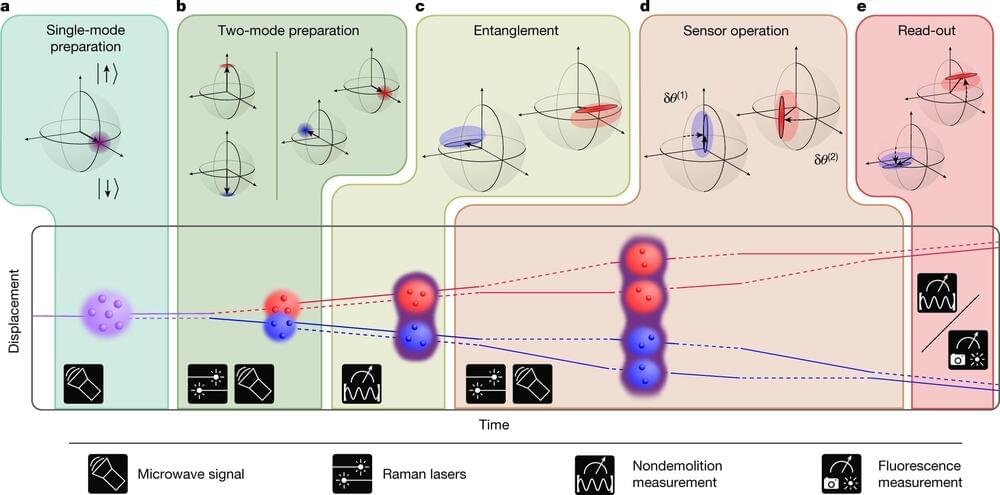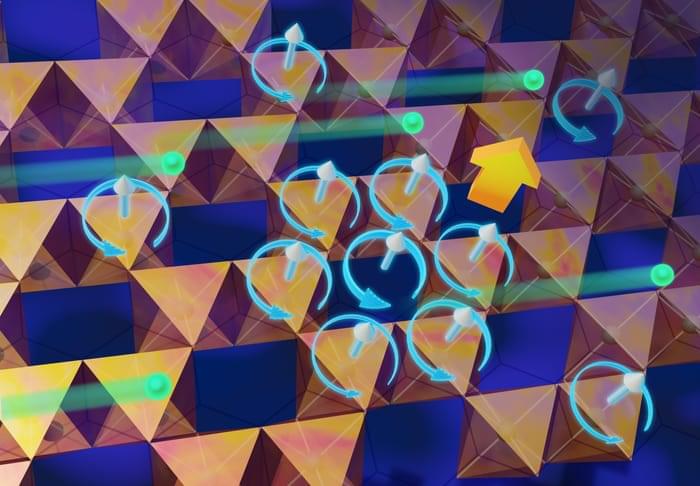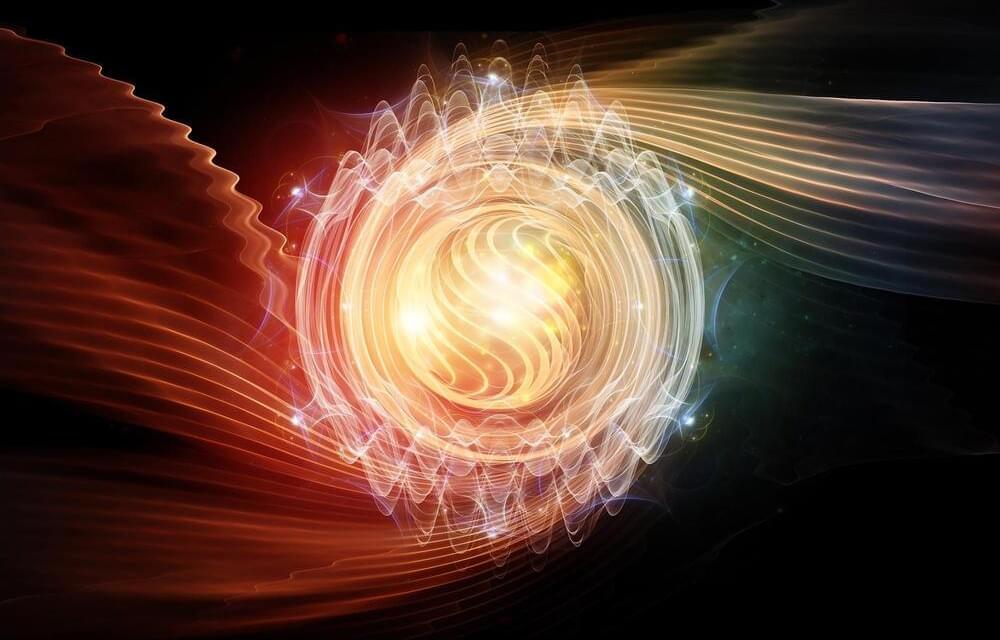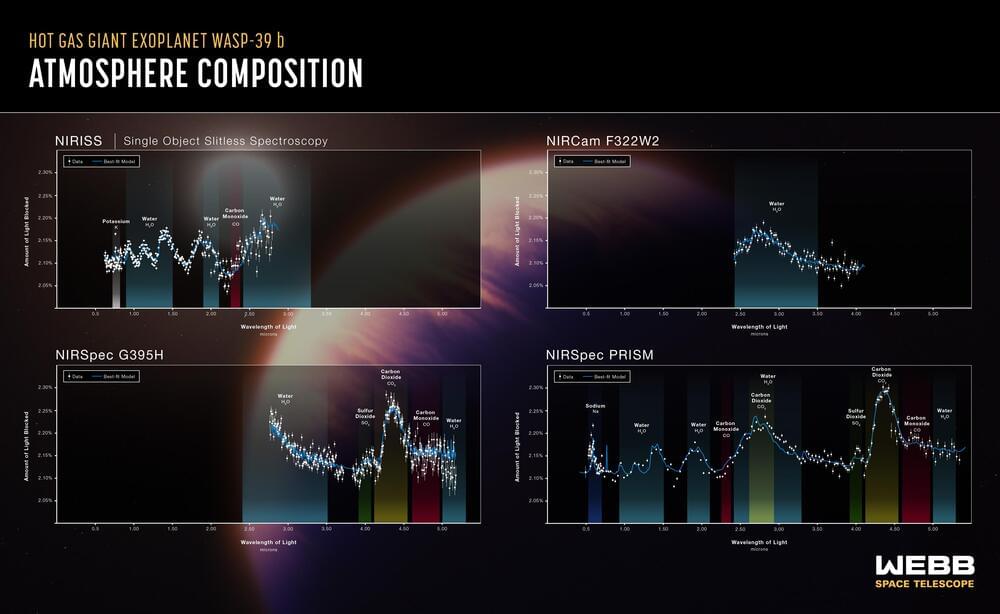Year 2021 😁
Spacecrafts in dozens of sci-fi movies like Star Trek use antimatter propulsion systems to travel at unimaginably high speeds by warping spacetime. By using them, traveling to different planets and stars is significantly more efficient and quick. However, is it possible to make this sci-fi idea a reality? If so, how and when will we be able to use them? Let’s take a closer look.
Before we discuss what antimatter spacecraft are, let’s first take a look at what antimatter is. Antimatter is the opposite of normal matter. More specifically, the subatomic particles of antimatter have properties opposite to those of normal matter. The electrical charge of those particles is reversed. Meaning, once they collide with “regular” matter or the matter we know today, they react and cause an explosion in an instant. Due to this, antimatter is extremely rare since it gets obliterated with nearly everything made of matter.
An antimatter rocket is a proposed class of rockets that use antimatter as their main power source. The advantage to this class of rocket is that a large portion of the rest mass of a matter-antimatter mixture may be converted to energy, allowing antimatter rockets to have a far greater energy density than any other rocket that uses regular fuel.
